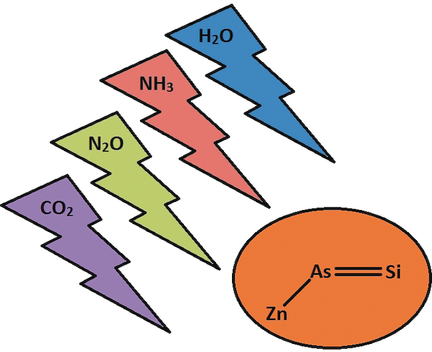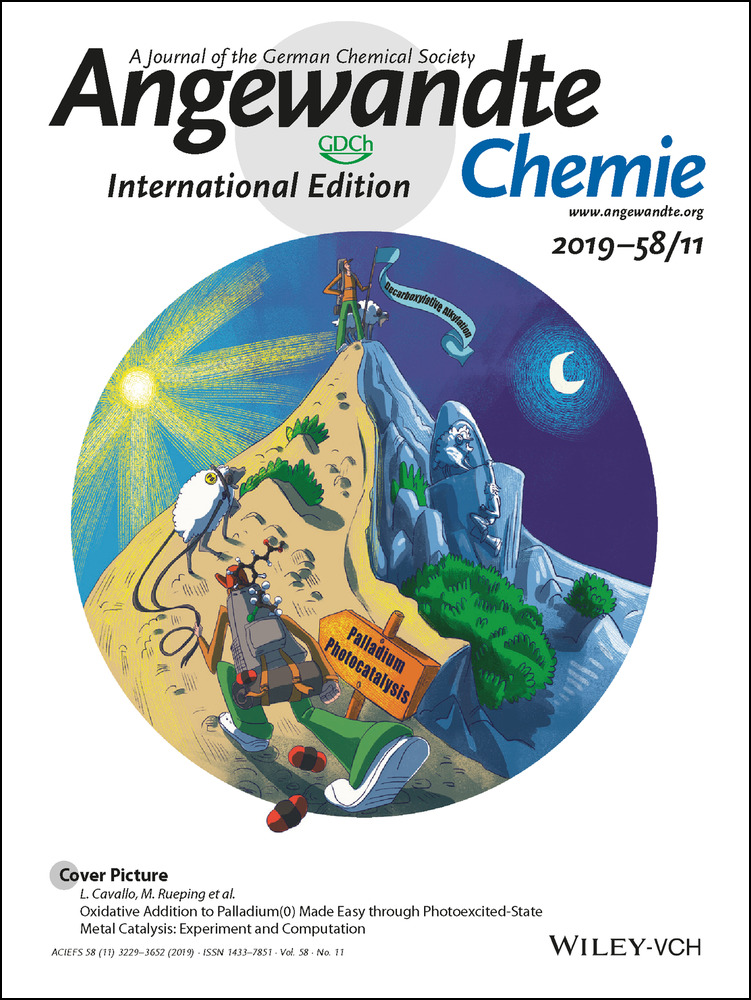From As-Zincoarsasilene (LZn-As=SiL′) to Arsaethynolato (As≡C−O) and Arsaketenylido (O=C=As) Zinc Complexes
Graphical Abstract
Switch-on functionalities: The peculiar reactivity of an As-zincosilaarsene with H2O, NH3, N2O and CO2 is reported. While the protic reagents add to the As=Si bond to give Si(X)−AsH species (X=OH, NH2), oxidation reactions with N2O and CO2 give rise to the unexpected 1,2-disiloxydiarsene, arsaethynolato siloxido, and arsaketenylido siloxido zinc complexes.
Abstract
The reactivity of the As-zincosilaarsene LZn−As=SiL′ A (L=[CH(CMeNDipp)2]−, Dipp=2,6-iPr2C6H3, L′=[{C(H)N(2,6-iPr2-C6H3)}2]2−) towards small molecules was investigated. Due to the pronounced zwitterionic character of the Si=As bond of A, it undergoes addition reactions with H2O and NH3, forming LZnAs(H)SiOH(L′) 1 and LZnAs(H)SiNH2(L′) 2. Oxygenation of A with N2O at −60 °C furnishes the deep blue 1,2-disiloxydiarsene, [LZnOSi(L′)As]2 4, presumably via dimerization of the arsinidene intermediate LZnOSi(L′)As 3. Oxygenation of A with CO2 leads to the monomeric arsaethynolato siloxido zinc complex LZnOSi(L′)(OC≡As) 5, essentially trapping the intermediary arsinidene 3 with liberated CO following initial oxidation of the Si=As bond. DFT calculations confirm the ambident coordination mode of the anionic [AsCO] ligand in solution, with the O-arsaethynolato [As≡C−O].− in 5, and the As-arsaketenylido ligand mode [O=C=As]− present in LZnO−Si(L′)(−As=C=O) 5′ akin to the analogous phosphorus system, [PCO]−.





